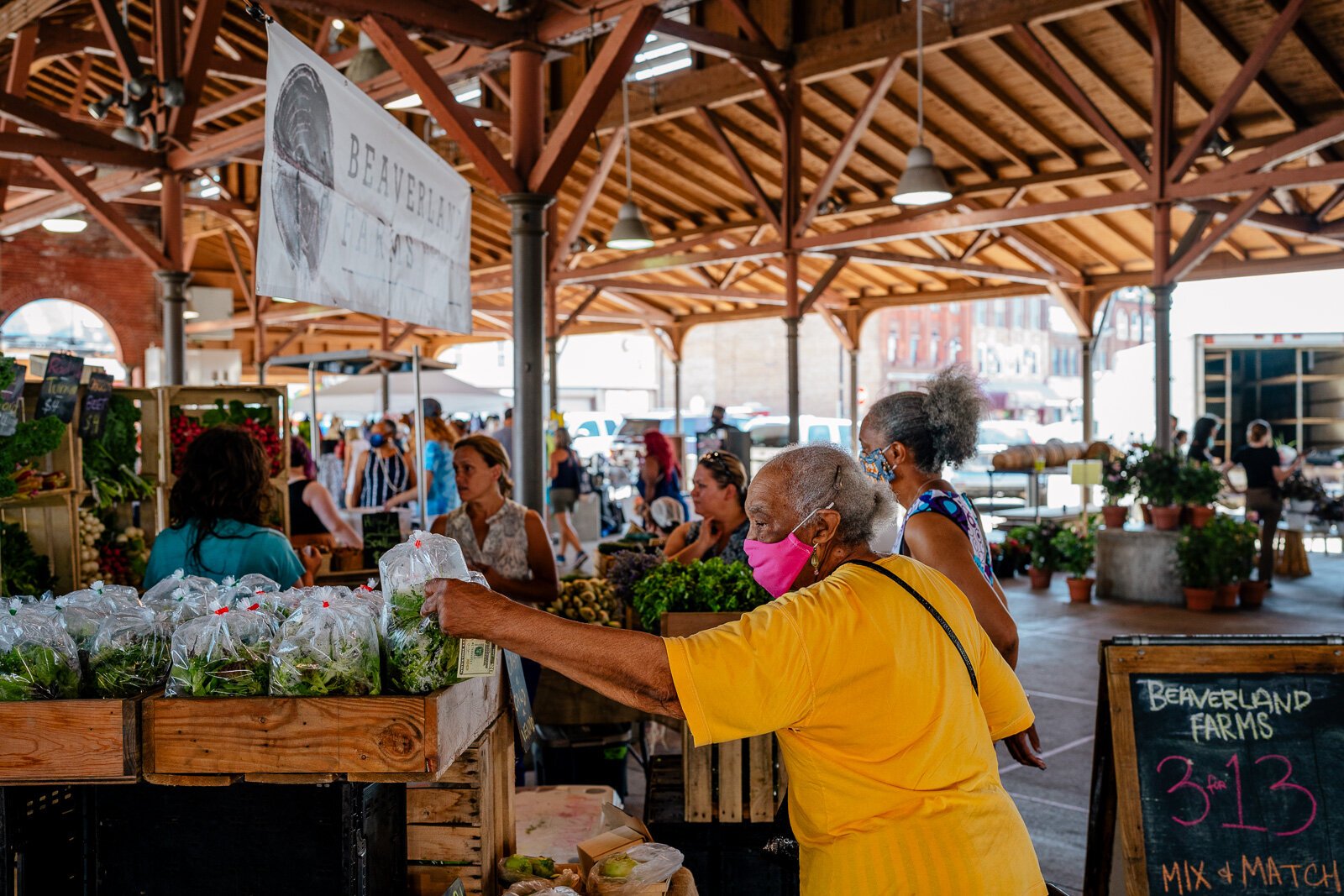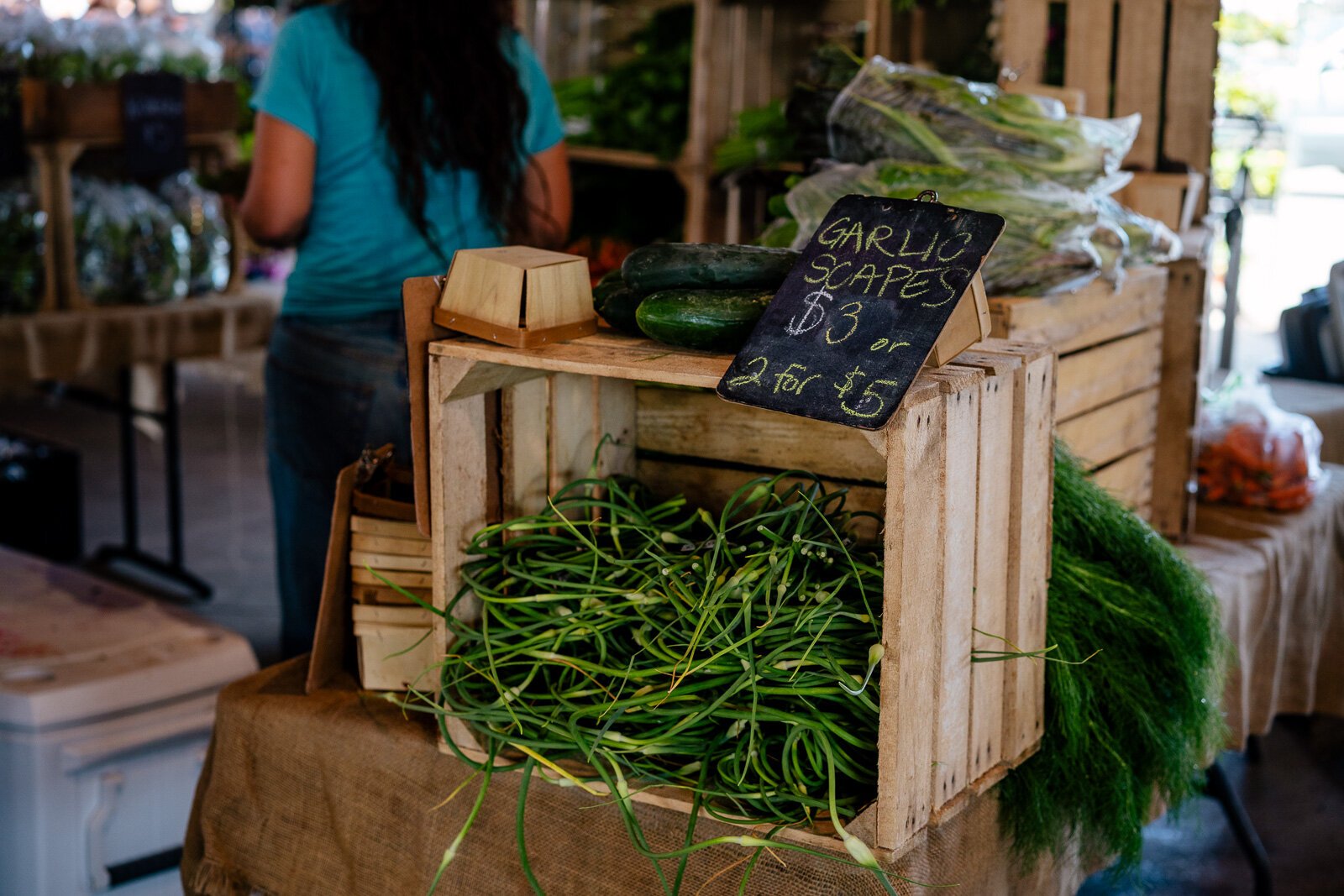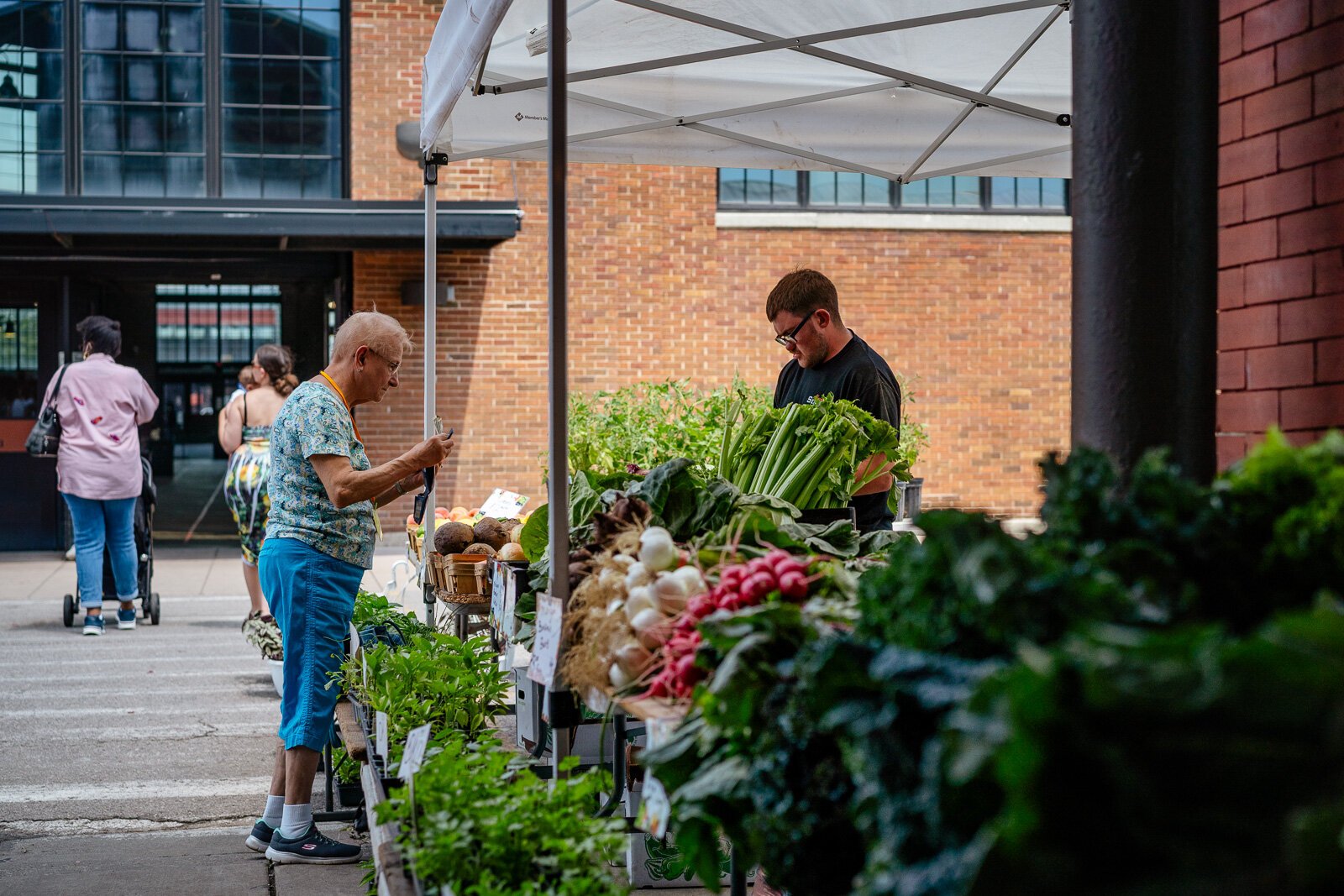A recent report by the state’s new Food Security Council examines response to food security issues during COVID-19 and how we can learn from it in the long term.
This article is part of State of Health, a series about how Michigan communities are rising to address health challenges. It is made possible with funding from the Michigan Health Endowment Fund.
When the COVID-19 pandemic began disrupting supply chains and diminishing earnings in March 2020, Michigan’s rural and urban areas took the hardest hit. In both, nimble response from state agencies, nonprofits, community organizations, and the private sector helped alleviate much of the resulting food insecurity. These entities turned on a dime with online technologies, collaborations, and sheer ingenuity. The models they developed were not perfect, but they are the perfect foundation for building a food security plan for future crises.
That food security plan was the goal of Michigan Gov. Gretchen Whitmer’s August 2020 executive order to establish a state Food Security Council. The order states, “… many Michigan residents continue to live without reliable, daily access to an adequate amount of affordable, nutritious food. The effects of food insecurity are significant and far-reaching. The problem impacts the educational outcomes of our children, the costs of our health care, the development and stability of our workforce, and the rates of crime in our communities.”
Whitmer appointed 20 council members with experience in health care, agriculture, education, business, public health, and emergency food. Four state legislators were also appointed as non-voting members.
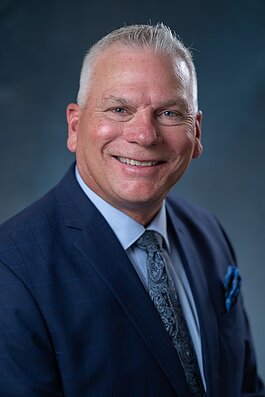
“This is not politics,” says Dr. Phil Knight, Food Security Council chair and executive director of the Food Bank Council of Michigan. “It’s about kids and food, seniors and food. This is not bipartisan. It is nonpartisan. It’s more important than politics.”
In October 2020, the Food Security Council issued its initial report. Its recommendations include ways to ensure a ready food supply, leverage existing federal food assistance programs, expand the ways people receive food, and build collaborations and infrastructure that make programs effective at the local level.
“If you are food insecure, you have one problem. And your mind is consumed with toxic stress. You are not free to pursue your next success — job training, education, health care, opportunities for your kids,” Knight says. “Whether you’re in a crisis or not, food is how we communicate value. It’s how we love people. If we have family coming in to visit, we’re thinking, ‘What am I going to prepare that my family enjoys?’ When we do a canned-goods drive and say, ‘Here’s something my kids will never eat,’ we communicate that people who are in need are less than.”
Food insecurity in urban communities: “We deserve better”
When COVID-19 hit, supply-chain disruptions and panic buying crippled access to healthy foods, especially in locales with income challenges, such as rural areas and urban neighborhoods of color. As farms and farmers markets across the state innovated ways to reroute local produce to Michigan’s food insecure households, Detroit’s Eastern Market took the lead with online ordering, contactless pick-ups, and food boxes for those in need. The market revamped its Fresh Prescription Program so patients redeeming their doctors’ prescriptions for fresh, local fruits and vegetables could continue to receive the food they needed to sustain health.
“We re-did the whole program to home delivery,” says Food Security Council member Patrice Brown, who serves as food access manager for Eastern Market. “All the people receiving Fresh Prescription vouchers last year were at risk because they had comorbid diseases. They did not want to come out of their homes, so we shifted to direct home delivery.”
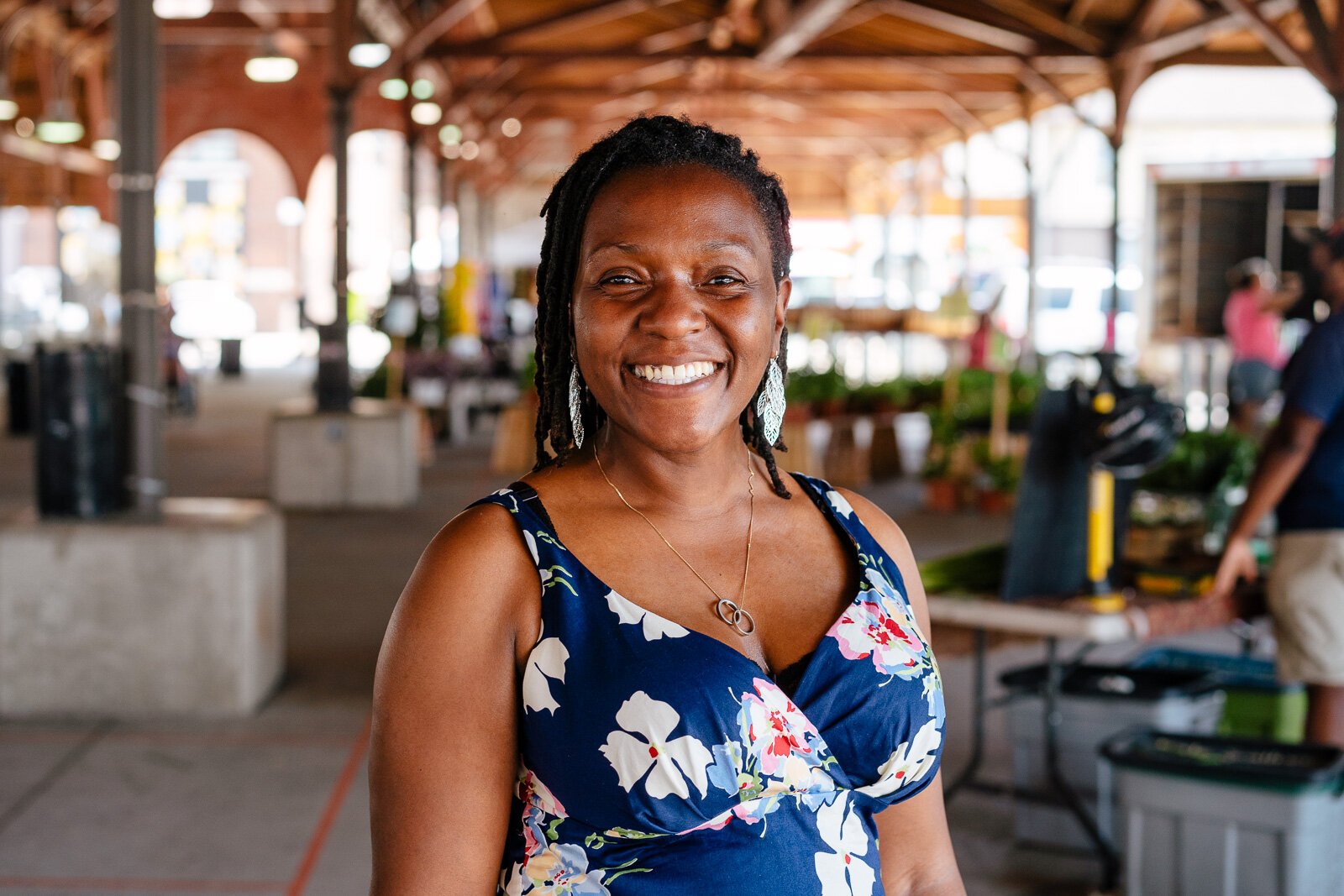
Near Brown’s Detroit home, a Meijer supermarket is located about a mile and a half away, but people without cars find it difficult to get there. So many of them shop for food at nearby gas stations, dollar stores, and liquor stores, which offer all the foods responsible for diabetes, obesity, high blood pressure, and various medical and mental health issues. Brown remembers a time when the neighborhood food landscape included small grocers and butcher shops. The pandemic exacerbated her neighbors’ lack of access to healthy foods.
“We deserve better,” she says. “Being on the Food Security Council got me so excited about where we’re going with our work. It’s helping me to understand how I need to maneuver in my role to make sure some of these things get addressed. I would love to see a greater mix of food options in these neighborhoods.”
Brown is pleased that the report addresses the benefits that the federal Pandemic EBT (P-EBT) brought to food insecure households.
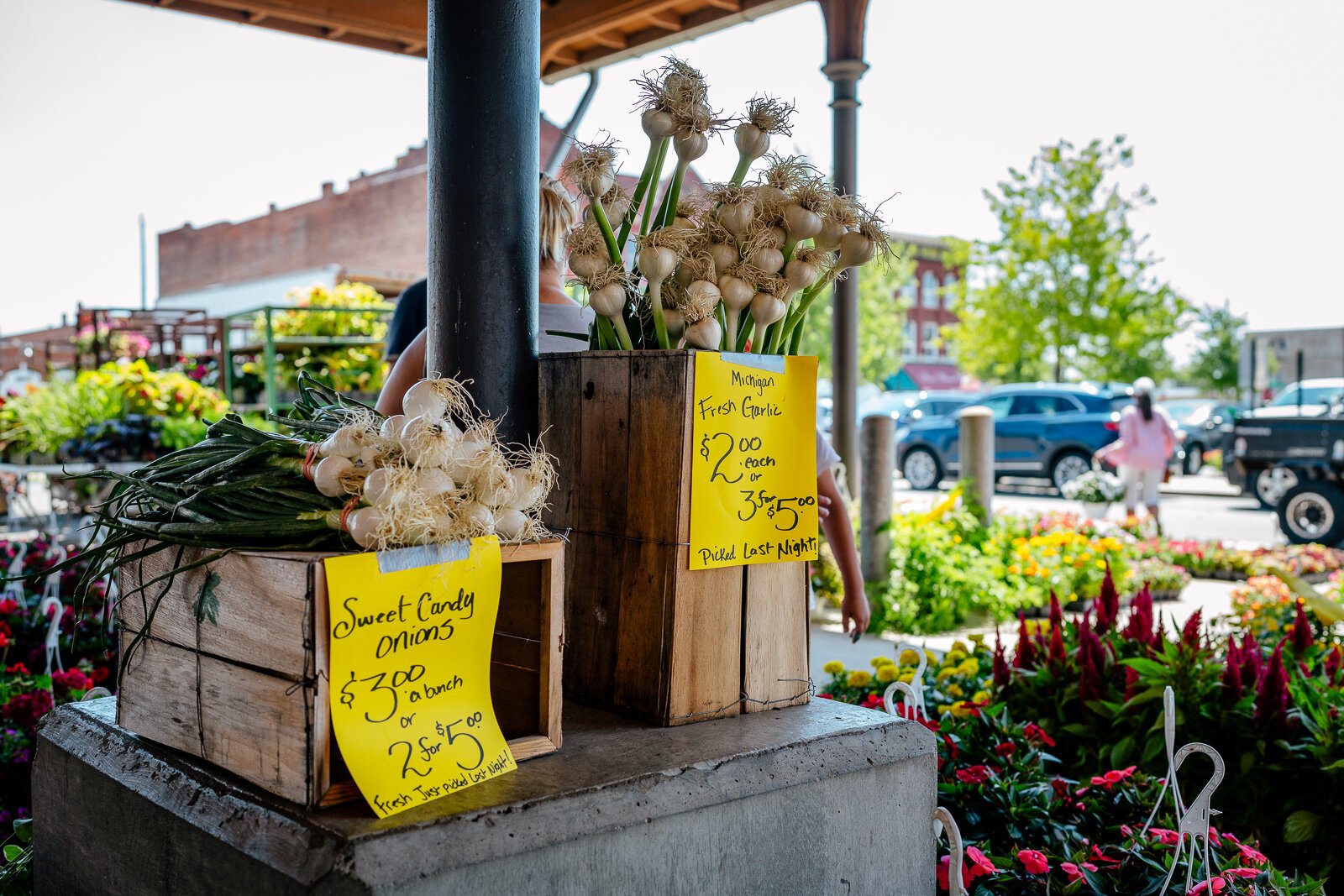
“That was something families needed to see happen. They needed food relief,” Brown says. “Emergency food was a bigger thing, too – making sure we could shift those foods from the restaurants, institutions, and bigger businesses that didn’t need it. Now, we know that flow and understand how to get those bigger quantities into smaller packages, to get them to the people who need it.”
Food insecurity in farm country: Local eclipses global
Rural farming communities don’t always come up in the conversation about food insecurity. But according to Meghan McDermott, director of programs at Groundwork Center for Resilient Communities in Traverse City, income-challenged residents in rural areas are just as likely to buy their groceries from gas stations as their counterparts in urban neighborhoods. When COVID-19 came along, these residents endured even less access to healthy foods as their seasonal jobs, based on tourism, vanished. A Groundwork survey conducted early in the pandemic found that farmers in the area had just as much to lose.

“In short, they responded, ‘We stand to lose everything,'” McDermott says. “Before March 2020, they had a plan, but that changed to, ‘Do I even put plants in the ground?’ Farmers had been selling to restaurants and farmers markets. With no people here for the summer, no restaurants open, what were they going to do?”
For 20 years, Groundwork has built relationships with the area’s local farmers, helping them to successfully run their farms as vibrant small businesses. Part of that work included purchasing local produce for the region’s emergency food pantry network. Through a fundraising effort undertaken after the March 2020 shutdown, Groundwork was able to give those local farmers a boost by purchasing substantially more crops and distributing them to 115 emergency food pantries that were trying to feed more people than ever before.
“If you experience an economic or health crisis and all you’re getting is SpaghettiOs, Hungry Man meals, sheet cakes from Meijer, and liters of soda because that’s all that you can find on the pantry shelves, those are keeping you in a crisis state, keeping you in that cycle where you can’t work, can’t afford medications,” McDermott says. “This really shifted the ways food pantries have stocked their shelves.”
Food Security Council report recommendations include strategies like Groundworks’ that not only redirect the food supply but also engage restaurants and their workforce in distributing prepared meals, create stipends for key food infrastructure workers, and develop data-sharing and technology to track food distribution across organizations and agencies throughout the entire state.
Like Brown, McDermott saw the P-EBT program as key to addressing the additional food insecurity brought on by the pandemic.
“We saw our numbers go down in pantries, which was different from other communities. I think it is because of the tourist economy. People who were used to relying on three months of income to get through the entire year were now getting P-EBT benefits and unemployment, which tells you the depth of poverty here,” she says. “The easiest way to solve food insecurity is to raise the minimum wage.”
Millions of Michiganders undernourished
Although the Food Security Council’s work has focused on studying food issues during COVID-19 and preparing for similar future crises, food insecurity was a massive problem before the pandemic in Michigan, and it will continue after the pandemic. According to the Food Security Council report, COVID-19 increased food insecurity by 38.2% in Michigan’s overall population — and 63.3% among children. However, approximately 1.3 million Michiganders were considered food insecure even before March 2020. The food insecure are disproportionately Black and brown, disabled, non-college students between the ages of 18 and 30, or living in neighborhoods with high food prices.
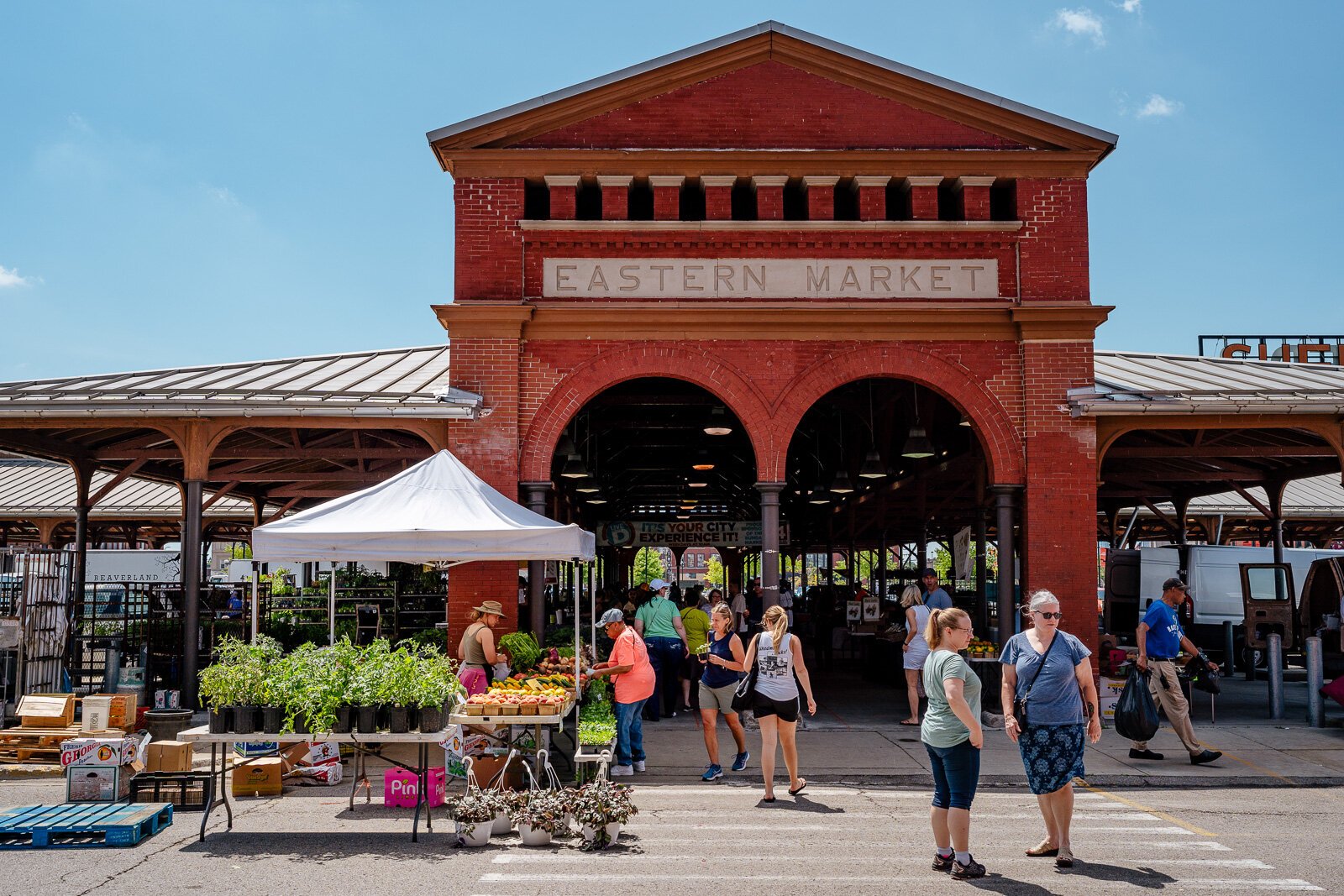
“This is just not a human services problem. This is a universal issue,” concludes Laurie Solotorow, Food Security Council member and director of nutrition and healthy lifestyles for the Michigan Health Endowment Fund. “The question is not who wins. We all win. The government wins. We will have less people enrolled in benefit programs. The education sector wins. If children are not well fed, they can’t be well read. Health care wins. Communities win. Families win. Businesses win. If people don’t have access to healthy food as children, they are never going to be the adults they could have been. This is not one sector’s problem. It’s everybody’s challenge.”
A freelance writer and editor, Estelle Slootmaker is happiest writing about social justice, wellness, and the arts. She is development news editor for Rapid Growth Media and chairs The Tree Amigos, City of Wyoming Tree Commission. Her finest accomplishment is her five amazing adult children. You can contact Estelle at Estelle.Slootmaker@gmail.com or www.constellations.biz.
Patrice Brown/Eastern Market photos by Nick Hagen. All other photos courtesy of the subjects.
